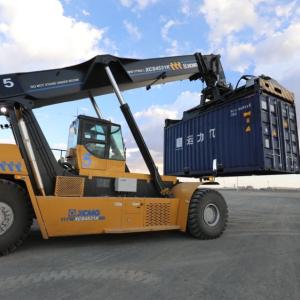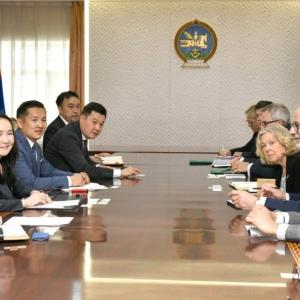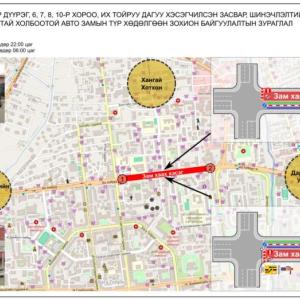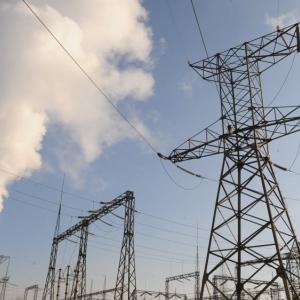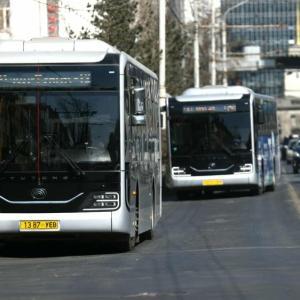National Stakeholders Explore Possibilities of Improving Telecommunications Infrastructure through Communication Satellites
Society
Ulaanbaatar, April 18, 2025 /MONTSAME/ The telecommunications infrastructure, including fiber-optic cables and cellular towers, in Mongolia covers 24 percent of the country's territory.
Currently, 104 countries have launched 11,833 satellites, and more than 70 percent of these satellites are for communication purposes. At the beginning of the 21st century, only 14 countries had launched satellites into space, but in the last 20 years, this number has expanded to 91.

Opening the "Policy and Regulation of Satellite Communication" Forum, Minister of Digital Development, Innovation, and Communications Baatarkhuu Tsend remarked, "The space sector is becoming pivotal in expanding all sectors of economy, science, and society, and opening up completely new opportunities. The world’s nominal GDP growth is projected to increase by five percent each year from 2023 to 2035. The space economy, which was USD 630 billion in 2023, will reach USD 1.8 trillion by 2035, an average annual growth of nine percent, while the semiconductor market, which was USD 600 billion in 2021, is expected to grow by six to eight percent per year until 2030."
The Ministry of Digital Development, Innovation, and Communications of Mongolia is formulating the first draft Law on Space to create a legal environment, which will be presented and discussed among government agencies, the private sector, and academics, and submitted to the State Great Khural (Parliament) of Mongolia.
The Ministry of Digital Development, Innovation, and Communications, in collaboration with the Communications Regulatory Commission, organized the Forum to achieve a common understanding on national satellites, with government, private sector, and academics participating in the Forum.

 Ulaanbaatar
Ulaanbaatar

















